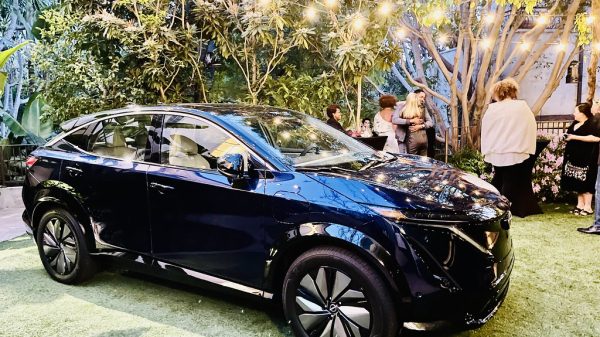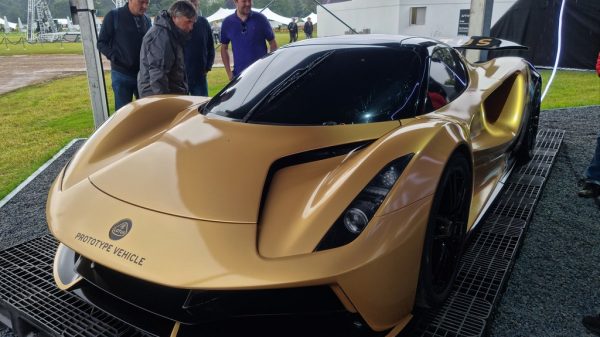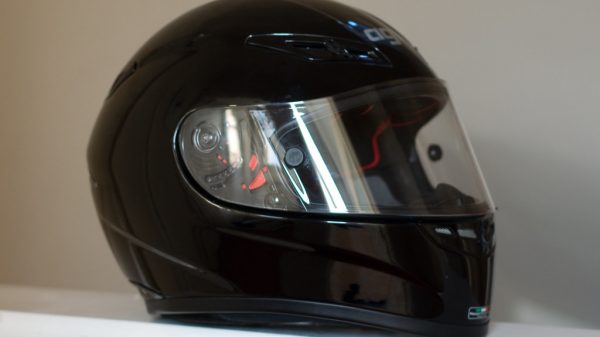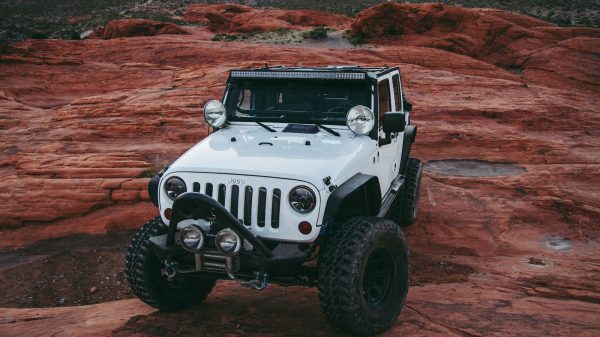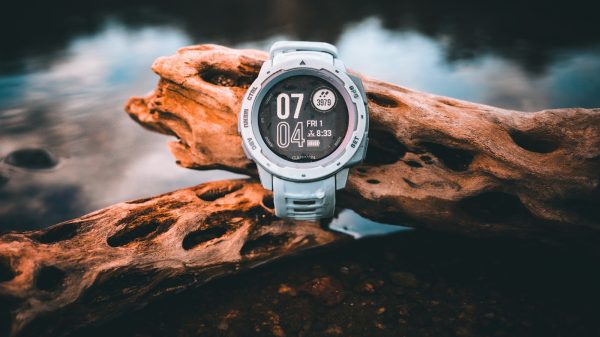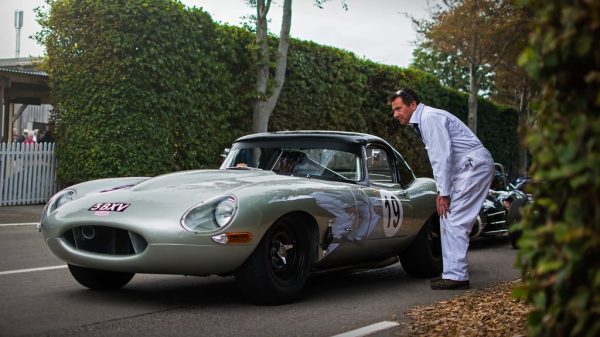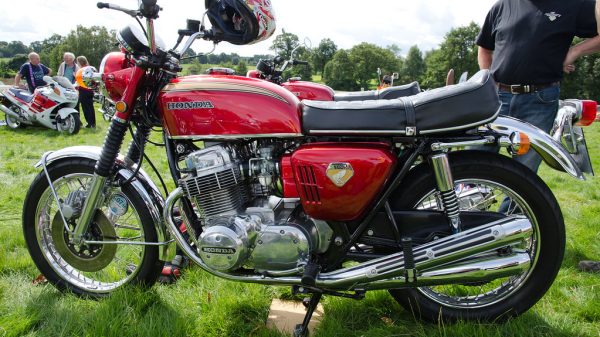Finding the perfect classic British car from the 1960s can be a tricky task. Did you know that all top-selling UK cars of that era were built in Britain?
Jaguar E-Type
Enzo Ferrari once called the Jaguar E-Type “the most beautiful car in the world.†It first wowed audiences on March 15, 1961. Back then, its price was around £2,250. Its sleek design and powerful engine made heads turn.
The 3.8-liter engine produced an impressive 265bhp—reaching top speeds of 150mph!
Avoid the long lines and shop online!
-> Shop the Best Deals on Amazon <-
As an Amazon Associate, we earn from qualifying purchases.
Jaguar produced a total of 72,528 E-Types. This sports car featured modern specs for its time like independent rear suspension and all-around disk brakes, setting it apart from others.
Many consider it a true icon among British classic cars from the ’60s… unmatched in style and performance!
Mini
In 1959, the British Motor Corporation introduced the Mini to address higher fuel prices. Designed by Alec Issigonis, it featured a revolutionary crossways engine arrangement. This small family car quickly gained popularity for its efficient use of space and front-wheel drive system.
Basic at first but soon beloved, the Morris Mini Minor became an icon of British motoring. It was compact but offered more room inside than other cars in its class.
The Mini had a top speed of 96 mph, making it not just economical but fun to drive as well. Priced between $12,438 and $18,900 when new, it was affordable yet stylish—attracting everyone from everyday drivers to celebrities like The Beatles.
Avoid the long lines and shop online!
-> Shop the Best Deals on Amazon <-
As an Amazon Associate, we earn from qualifying purchases.
Its fame grew with multiple wins in notable rally events such as the Monte Carlo Rally during the ’60s. Today, it’s still celebrated as a design classic and remains influential in automotive history…
all thanks to its inventive layout and enduring charm.
Avoid the long lines and shop online!
-> Shop the Best Deals on Amazon <-
As an Amazon Associate, we earn from qualifying purchases.
Aston Martin DB5
Unveiled in September 1963 at the Frankfurt Motor Show, the Aston Martin DB5 turned heads instantly. Sporting a new 4.0-liter engine that delivered an impressive 282 bhp, this car could reach top speeds of over 150 mph.
It wasn’t just fast—it was elegant too. A total of 887 saloons, along with only 123 convertibles and a rare dozen coach-built shooting brakes were produced.
James Bond made this car iconic, but it also attracted famous owners like Paul McCartney and George Harrison from The Beatles. This sports car paved the way for future models in Aston Martin’s DB series.
With its sleek design and powerful performance, it’s easy to see why it remains one of the most celebrated cars of all time.
Lotus Elan
The Lotus Elan was the brainchild of Colin Chapman and quickly became a hit in the 1960s. This sports car featured an original displacement of 1498cc, which later grew to 1558cc. Weighing just 1,526 pounds, it combined a lightweight fiberglass body with a steel backbone chassis for impressive performance.
It could zip down roads at speeds up to 118 mph.
This nimble vehicle is remembered as Lotus’ bestseller during that era—thanks to its great handling and peppy engine. The design focused on simplicity and balance, making it both fun to drive and easy to maintain.
Many saw this car as ahead of its time in terms of engineering and design philosophy…
Ford Cortina
Ford Cortina, launched in 1962 as the Mk1, became an instant hit. It was unique because Project Archbishop took just 21 months to design and produce. This quick turnaround gave the industry a reliable small family car with a sleek design.
The model’s name gained recognition thanks to its success on both roadways and racetracks.
Ford Britain saw major transformations due to the Cortina’s popularity. It wasn’t just another car; it was a game-changer for Ford as it quickly broke sales records, becoming one of their best-selling models ever.
Produced until 1982, it remained significant in the British motor scene throughout two decades.
Hillman Hunter
The Hillman Hunter replaced the Super Minx and was famous for its minimalist design. Introduced in 1966, it quickly became popular among British car enthusiasts. Its updated ‘Arrow’ body gave it a sleek look that resonated with many people during the 1960s.
The Hunter wasn’t just confined to Britain; it was also built in Iran until 2005, showing its lasting appeal.
This small family car competed strongly in the UK market during its time. Many appreciated its reliability and simple yet effective design. Despite being overshadowed by more glamorous sports cars like the Jaguar E-Type or Aston Martin DB5, the Hillman Hunter found its niche.
It didn’t aim to be flashy but focused on practicality—making daily commutes smoother for countless families.
Supplementary Information on Classic British Cars
Classic British cars from the 1960s hold a special place in automotive history. These vehicles offer unique designs, powerful engines, and a sense of nostalgia.
The Vauxhall Victor stood out with its stylish lines and reliable performance. The BMC 1100/1300 series became popular as small family cars due to their practicality.
Rolls-Royce Silver Shadow brought luxury to another level with its elegant design and smooth ride. Hillman Imp showcased compact innovation with rear-engine layout for better handling.
These classic models highlight the creativity and engineering excellence of the British car industry during that era… making them beloved icons even today!
Vauxhall Victor
The Vauxhall Victor zoomed onto the scene between 1957 and 1976, offering a fresh option for families needing space and reliability. These large family cars replaced the older Wyvern models with a sleeker design that looked like it took notes from Chevrolet’s style book.
Families loved its upgraded features including rust-proof elements, which made it last longer on British roads filled with rain and moisture.
People admired the Victor’s slimmed-down look while still enjoying roomy interiors. Its strong engine made long drives comfortable, whether heading to work or on holiday trips. The car cemented Vauxhall’s reputation in the market by blending classic appeal with practical upgrades…
perfect for families of that time!
BMC 1100/1300
The BMC 1100/1300 was a best-seller in Britain during the 1960s and 1970s. Designed by Alec Issigonis, it featured innovative engineering for its time. Its transverse engine layout saved space and improved handling.
Styled by Pininfarina, this car had sleek lines that turned heads. The most luxurious version was the Vanden Plas Princess 1100. Variations included the Morris Nomad and the Australian market’s 1500 OHC models.
Rolls-Royce Silver Shadow
Rolls-Royce introduced the Silver Shadow in response to fierce competition from Cadillac and Mercedes. This classic car featured a powerful 6.2-liter V8 engine, which was later upgraded to an even more robust 6.75-liter version.
One of its standout features was monocoque body construction, which provided better rigidity and safety compared to traditional designs.
The Silver Shadow also boasted innovative hydropneumatic suspension and braking systems, ensuring a smooth ride regardless of road conditions. With over 40,000 units produced until 1980, it became one of Rolls-Royce’s most successful models ever made.
Yet, owning this elegant vehicle came with challenges—common issues included rust around wheel arches and expensive repairs for electrical systems and air conditioning units.
This prestigious model stood out not only for its performance but also for its luxurious interior that embodied British craftsmanship at its finest. Today, collectors appreciate these cars despite their maintenance demands because they offer a unique blend of power and elegance rarely seen in modern vehicles like Maserati or Lamborghini Miura SV.
Hillman Imp
The Hillman Imp, a small economy car, hit the market on May 3, 1963. Built by the Rootes Group and later Chrysler Europe until 1976, it was popular for its size and spacious interior.
It aimed to compete with the Mini in terms of comfort and affordability. Despite being smaller than many other cars of its time, the Hillman Imp offered ample room inside.
This compact car featured a unique rear-mounted engine design that set it apart from competitors like Vauxhall Victor and BMC Farina. This setup contributed to efficient cooling and better handling.
The model also went head-to-head with British Motor Corporation’s offerings such as Minis and Austin Allegro. Although not as famous as some contemporaries like Ford Anglia or Morris Minor, the Hillman Imp provided an economical choice for families during its production years.



